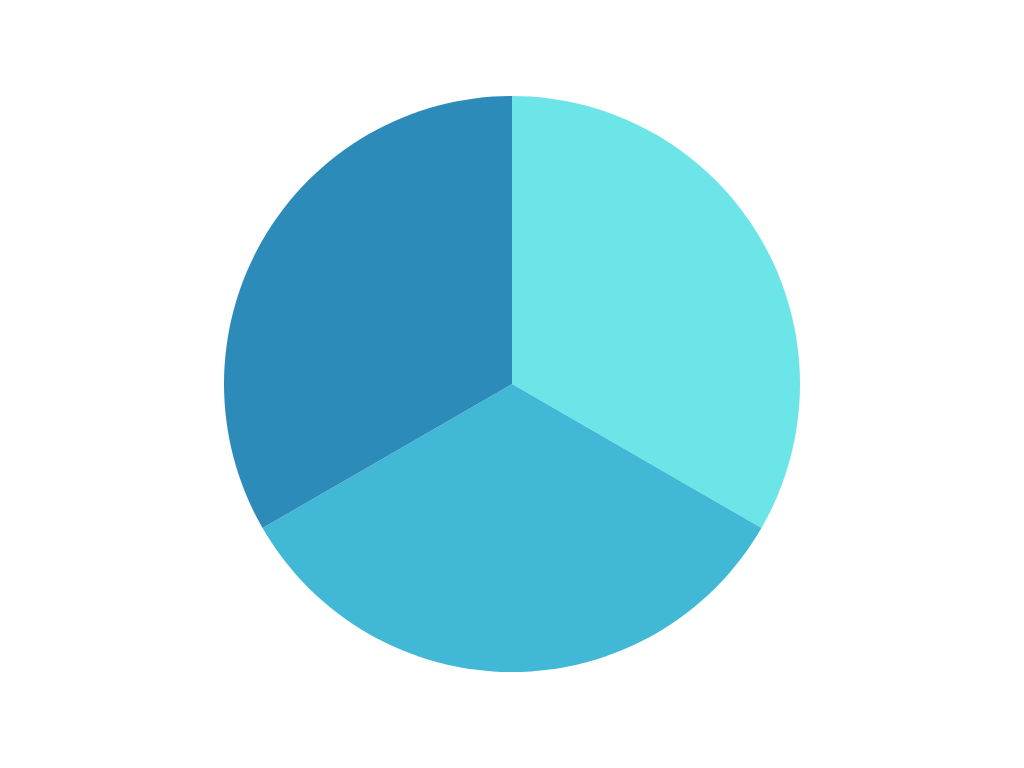The Sound Design Diaries #1: Think First
< BackFirst things first, welcome to my new blog!
In March 2022 I was visiting my parents in my native Italy and a few months earlier Giuseppe Tornatore presented Ennio, a documentary film about the life and the music of legendary film composer Ennio Morricone at the 78th Venice International Film Festival.
I was trained as a media composer, which is mostly what I do, and I also design sounds for other composers, so it goes without saying that Ennio Morricone had an immense influence on my work.
I was very happy to see that the film was still in theatres, and I was lucky enough to be able to go and see it.
The film concludes with Maestro Morricone’s words: La musica va prima pensata e poi scritta. Ci vuole un’idea prima di metterla su quel foglio bianco da cui noi non sappiamo cosa nascerà. Which more or less translates to:
Music needs to be thought first and then written. We need an idea before we can put it down on that blank sheet of paper, which we still have no idea what will become.
It is interesting to think that these words came from a man who scored over 500 films and the author of many other works including pop songs, concert music and TV arrangements.
One of the most prolific composers of our generation takes his time before jotting down ideas.
Music needs to be thought first. But can we think sound?
Re-creating Sounds
During my time at Berklee College of Music, I was lucky enough to meet Ben Cantil, my very first (and to this day, only) sound design teacher. Mainly an electronic musician, Ben was tasked with teaching us film scoring students the basics of sound synthesis.
Other than gifting me a love for sound design, Ben used to test us with a simple exercise: he would play a patch on a synth, and he would then challenge us to recreate it on the spot. It could be something as simple as a saw wave through a low-pass filter or a more complex exhibition of sonic wizardry.
If as musicians we train our ears singing intervals and recognising chords, why shouldn’t we do the same with sound design?
As a sound designer, you can listen to a sound and re-create it just like a jazz improviser can transcribe a Charlie Parker lick.
During my work with Krotos, a company that specialises in developing sound design software, I had a chance to talk with several Hollywood sound designers and I was always impressed by their expertise in recognising the sound of different weapons, vehicles or footwear. This expertise is what allows them to design gun shots, engine revs and footsteps and what, ultimately, tells the viewer whether their favourite character is shooting a Glock or an AR-15, driving a Camaro or a Prius, or walking on grass or on gravel.
A similar skill can be obtained in musical sound design with this form of ear training and the collateral effect is something close to the ability to think sound.
This ability provides the sound designer with a path to follow while working and with an idea to compare the final result with.
A pie chart of the sound designer skills
I like to think that the sound designers I love, artists like Howard Scarr and Matt Bowdler, are one third knowledge (they know the process of designing sounds), one third experimentation (they let the process surprise them) and one third taste (they know when the process has led to something worth keeping and they filter the rest out).

Thinking a sound is what comes before the process.
Of course, great sounds can come out of pure chance as many entries in the Sound Design Diary will confirm.
But I have learned to love the thinking part.
Thank you for reading the first entry of The Sound Design Diaries! If you want to be notified when the next post is up, you can sign up here!
- Tagged:
- Music
- Sound Design
- Next: New Blog Coming Soon!
- Previous: The Sound Design Diaries #1.5: An Exercise
